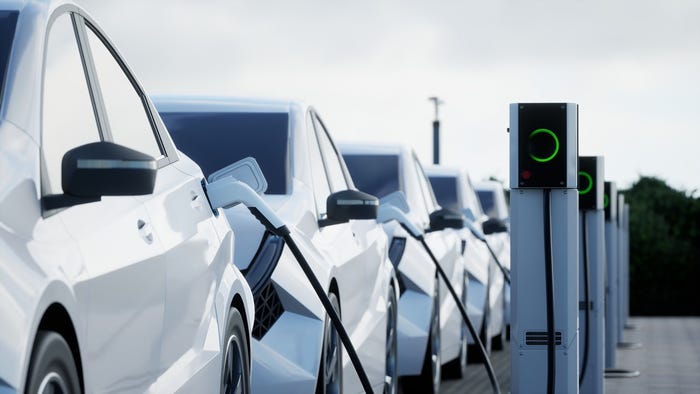How IoT Sensors Can Preserve Historical GemsHow IoT Sensors Can Preserve Historical Gems
In 2016, officials in Florence worried that a sinkhole might threaten Ponte Vecchio. Here’s how IoT sensors helped allay those concerns.
November 7, 2019

By Albert Zaragoza
In May of 2016, a sinkhole opened up in the middle of Florence, Italy. An underground water pipe ruptured, creating a 200-yard-long pit that dissolved two football fields worth of road. The collapse of the embankment swallowed almost 30 vehicles. Fortunately, nobody was hurt, however, the incident raised serious concerns for local authorities.
The sinkhole opened up a stone’s throw from the Ponte Vecchio, one of Italy’s oldest and most historic landmarks — and one of the most famous bridges in the world. Tourism in Italy has grown to the point the nation attracts over 100 million visitors annually. The resulting immense foot traffic, coupled with natural wear and tear, was adding significant physical stress to the iconic centuries-old landmark. So, naturally, local authorities became deeply concerned about protecting this monument from a sudden disaster.
The historical and financial importance of this bridge forced municipal authorities to reflect on key questions. How can you protect the stability and integrity of a monument that has six centuries’ worth of wear? How do you retrofit a bridge built in the 14th century with protective technology while also maintaining the historical integrity of the monument?
[IoT World is North America’s largest IoT event where strategists, technologists and implementers connect, putting IoT, AI, 5G and Edge into action across industry verticals. Book your ticket now.]
In partnership with the University of Florence, the Municipality of Florence decided they needed a more sophisticated solution to preserve the structure. Worldsensing deployed a network of wireless load-sensing units to remotely capture data from geotechnical sensors monitoring the stability of the bridge and nearby land. The technology provided reliable real-time data so the experts could identify issues as they happened — and respond before collapse.
The engineering team installed the monitoring units across the 32-meter long bridge. Key to the installation was preserving as much of the bridge as possible, so IoT sensors had to be wireless, long-range and most importantly, reliable.
The most critical work came down to monitoring and analyzing the data coming from the IoT sensors, work that was overseen by Geoapp, an independent engineering geology research group. Once the sensors were up and running, the data came pouring in. Given that the Ponte Vecchio is one of the most popular tourist attractions in Florence, the signal had to be disaggregated from the noise. The team working on the project had to parse out vibrations from human foot traffic, weather patterns, motion from the river below and dozens of other details. The ultimate aim was to ensure the resulting data would reflect potential structural problems surrounding the bridge’s stability.
The eight monitors looked for instabilities in the bridge or anything that would compromise its integrity. They measured ground movements, soil-structure interaction, etc. in real-time to determine if work near the bridge was impacting it in any way. This type of data, as with pretty much any IoT use case, requires tracking of changes over time and incorporation of data at a massive scale. Therefore, using a time-series database such as InfluxDB is becoming mandatory and helps analyze and react to events immediately if any grave problems were to be found. These real-time updates allowed the team to respond to possible incidents immediately if any serious issues emerged.
Throughout the monitoring, the data showed that the monument was safe and there was no significant movement affecting the stability of the bridge. IoT monitors and real-time data tracking were a key element in giving the city of Florence confidence in the preservation of the structure with minimal installation procedures that left nearly no footprint on the cultural wonder.
The plight of the Ponte Vecchio is indicative of a broader issue. Tourism is vital to the global economy, but it also puts monuments at risk. Travel spending soared to an all-time high of $8.8 trillion and created over 319 million jobs last year. But without proper monitoring, these iconic landmarks that draw tourists can be taken away in an instant and shock the world as the recent tragedy of Notre Dame demonstrates. Given this pivotal role fueling the financial wellbeing of thousands of cities and millions of individuals worldwide, maintaining the integrity of historical monuments and tourist destinations has become an economic and cultural imperative.
Albert Zaragoza is the chief technology officer at WorldSensing.
You May Also Like






